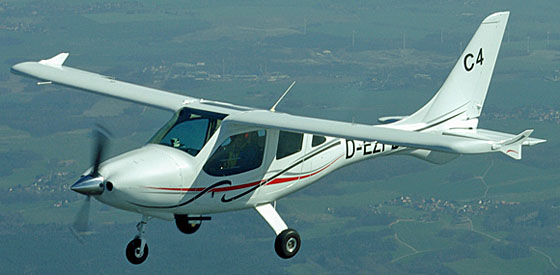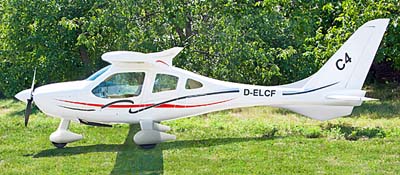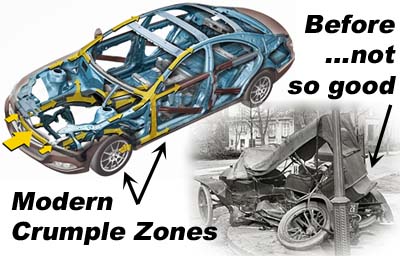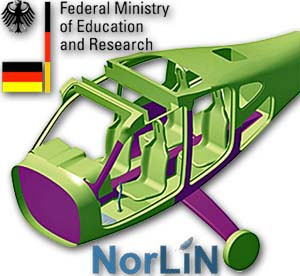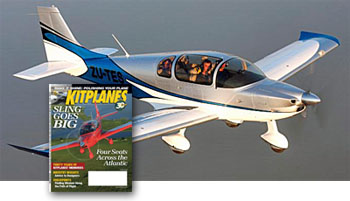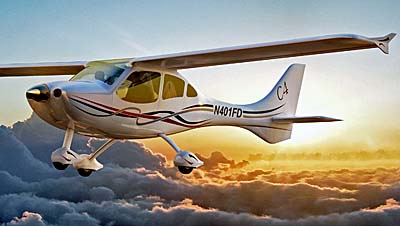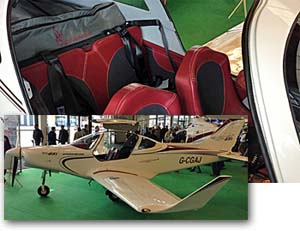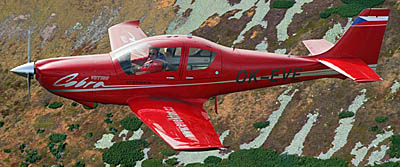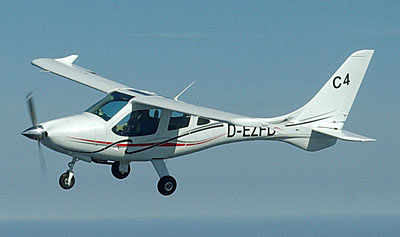
Aero 2015 is open! The halls are full of shiny airplanes displayed with the usual European sense of style and panache. Visitors are backed up at the entry gates awaiting the official opening time. (We sneaky media journalists are allowed in earlier to get photos and begin interviews with vendors.) It is a great event, for Europe and for aviation. I already have some airplanes in mind for reporting, both brand-new designs and the sort you never see in the USA. I will aim to prepare coverage of some of them and report as soon as time permits. Yet first, I want to talk about a project that is equally exciting. I refer to the Flight Design project aimed at the general aviation world, that is, of airplanes with more seats than allowed in the LSA space … in addition to more speed, more weight, and other capabilities.



